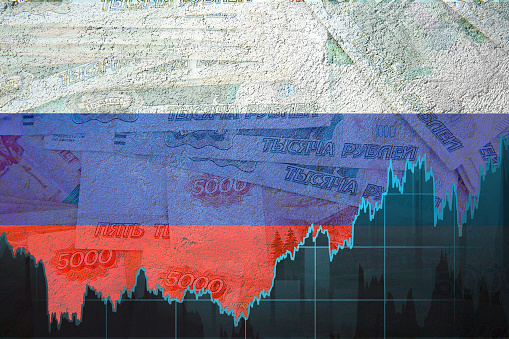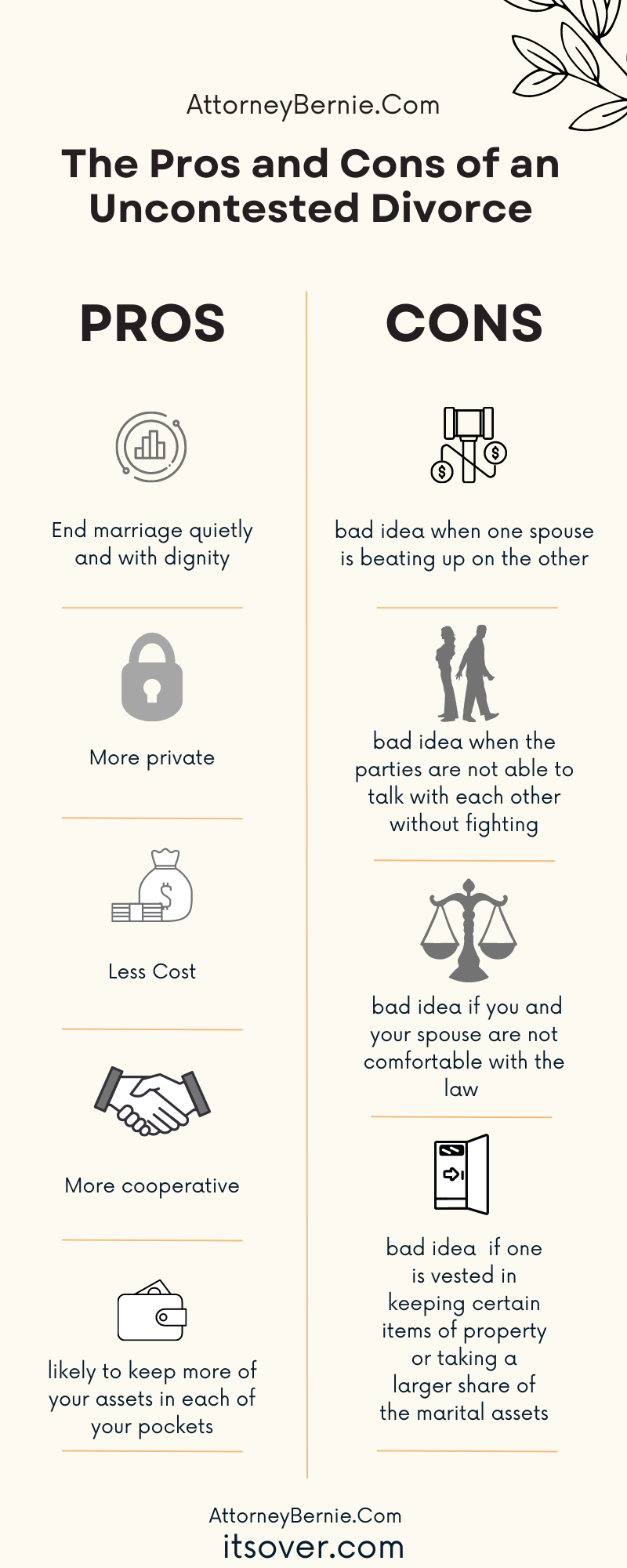How is the Russian Economy Doing?
Russia’s economy is still in pain, despite massive interest rate rises, which were aimed at stabilising a collapsing rouble. The withdrawal of foreign businesses has further pushed the country into a deep recession. GDP fell 4% year-on-year in the second quarter. Many of the country’s 300 single-industry cities have entered a full-blown depression. As a result, many educated people have left the country. In the first quarter of 2022, $15 billion worth of foreign direct investment departed the country – easily the worst ever.
Russia’s current account surplus has tripled year-on-year in 2022
Russia’s current account surplus has tripled from the same period last year to $183.1 billion in the first eight months of 2022, a new record. The surplus, which measures the country’s trade and investment flows, was driven by declining imports and booming revenues from energy and commodity sales abroad. While this surplus looks healthy, the impact of sanctions on the country’s economy has been substantial.
The Russian trade surplus with the 34 countries was driven by exports of mineral fuels and goods other than minerals. Half of the $30.7 billion surplus was due to a drop in imports of machinery and transport equipment, which will likely hamper Russia’s ability to produce advanced technological products. The trade surplus has been boosted by higher energy prices. But the surplus is only part of the story. If the Russian economy is not able to export more goods, this trade surplus will start to shrink and the country’s productive capacity could be put at risk.
Russia’s oil exports have been affected by the European Union’s sanctions. By the end of this year, the EU had partially banned Russian oil imports. Although this ban did not apply to oil delivered by pipeline, it did hinder other countries’ access to Russian oil. At the same time, the country is generating record amounts of foreign exchange. The bulk of this money comes from oil and gas.
The recovery in the ruble and relative stability has contributed to the rebound in Russia’s imports. Meanwhile, some companies that were initially impacted by the sanctions have now resumed their activities. In addition, Russia’s current account surplus has tripled in the first seven months of 2022.
The Russian private sector has not been particularly active in foreign asset purchases since 2014. This has helped Russia build up its reserves and offset losses in 2014-15. Its foreign exchange reserves topped $630 billion in January 2022 – more than 1.7 times its imports of goods and services. However, the downside risks associated with this situation could prove to be significant.
Although the ruble is strong, it doesn’t necessarily mean that Russia’s economic fundamentals are solid. The ruble’s strength is linked to its current account surplus and is largely driven by external factors such as sanctions, commodity prices, and policy measures. The Russian government estimates that unemployment will top seven percent this year. However, this figure is unlikely to return to 2021 levels until 2025.
The United States and Europe have both announced stringent sanctions against Russia. These sanctions ban the export of foreign goods that use US technology. They target computers, semiconductors, telecommunications, information security equipment, and lasers and sensors. The sanctions also affect other sectors of the economy. These restrictions have restricted access to overseas assets, and even halted the roll-over of maturing bonds.
As a result, the Kremlin has been able to increase its current account surplus. After all, the proceeds from the war have become a crucial source of hard currency for Moscow. The collapse in imports has also contributed to the surplus. In the first six months of 2022, Russia’s current account surplus was estimated at $138.5 billion.
Russia’s coal exports provide a valuable source of foreign currency
During the first two months after the invasion of Ukraine, Russia’s coal, natural gas, and oil exports to the European Union rose by a record 40 percent. The increase was largely due to higher prices. EU member states purchased 44 billion barrels of Russian energy in that period, more than double the amount they purchased during the same period last year.
In addition to coal, Russia also has significant deposits of other minerals and energy resources. Most of the raw materials needed by modern industry are found within the country. Coal reserves are particularly extensive. The largest fields are in East Siberia and the Lena basin in the Far East. These fields remain untapped, but the vast majority of coal production comes from more southern fields along the Trans-Siberian Railroad. Around three-fourths of the country’s coal is produced in Siberia, and two-fifths is produced in the Kuznetsk basin. The remaining production comes from the Kansk-Achinsk and West Siberian basins.
While higher energy prices may mask the impact of the sanctions, lower energy prices may indicate trouble for Russia. But the European Union may not be ready to cut off their purchases without some time. It will be hard for the 27-nation bloc to wean itself off Russian fossil fuels.
The energy industry is also a major source of foreign currency for Russia. Oil, natural gas, and coal account for almost half of the country’s total export revenues. The resulting soaring prices of oil and gas have led to sharp increases in commodity prices.
Despite the recent trade war, Russia has remained one of the world’s largest suppliers of thermal coal in July. The influx of Russian coal has cut into the Indian import market, which traditionally relied on expensive Australian, South African, and US coal.
After the dissolution of the Soviet Union, the Russian government implemented a series of radical reforms to turn the country into a capitalist economy. These reforms included the creation of privately owned industrial enterprises and the introduction of foreign investment. Privatizing state-owned companies was also a priority.
Russia also hopes to tap into Asian markets. It has already made inroads into European gas supply and is likely to tap the Asian market as well in the coming decade. Today, Russia is a major player in the global oil and gas markets. By 2025, it could become an energy superpower.
Russia’s public debt has remained at 13 percent of GDP
Russia has been building up its reserves of gold and foreign exchange to pay for government debt, and this strategy has worked to keep debt levels low. Last year, domestic debt was around 13 percent of GDP. But the country has a large external debt as well. While the government owns about half of its total debt, most is held by banks and companies.
The biggest single company with debt in Russia is the oil giant Gazprom. While this sector has remained relatively unaffected by Western sanctions, the Russians are having a difficult time selling their oil. This makes them worried about a possible recession and the consequences of falling oil prices.
The global financial crisis came as a shock to Putin and the Russian economy. While the country had become an energy superpower thanks to high oil prices, the Russian stock market plunged by 80 percent in 2008. Putin bailed out the oligarchic and state-owned companies, and he ended up destroying many small private companies in the process. After the crash, Russia continued the Yeltsin reforms and made the economy more stable.
Despite the high level of public debt, the economy remains healthy. This year, federal tax receipts are expected to reach 19.6 percent of GDP, the highest level in two decades. The public debt will fall in the coming years as the economy grows and a stronger economy makes the country more competitive.
Meanwhile, the Russian rouble has lost about a third of its value since the US sanctions were announced. This makes it difficult for Russia to pay its debt. This could lead to a wave of defaults. It could also cause the central bank to freeze its access to major currencies.
The Russian government must pay the first installment of $117 million in interest on two US dollar bonds, but despite the grace period, the country is unlikely to be able to pay the full amount. If it fails to pay, credit rating agencies will consider it in default, and bondholders will begin negotiations. Negotiations are unlikely, given Russia’s economic chokehold and growing isolation.



